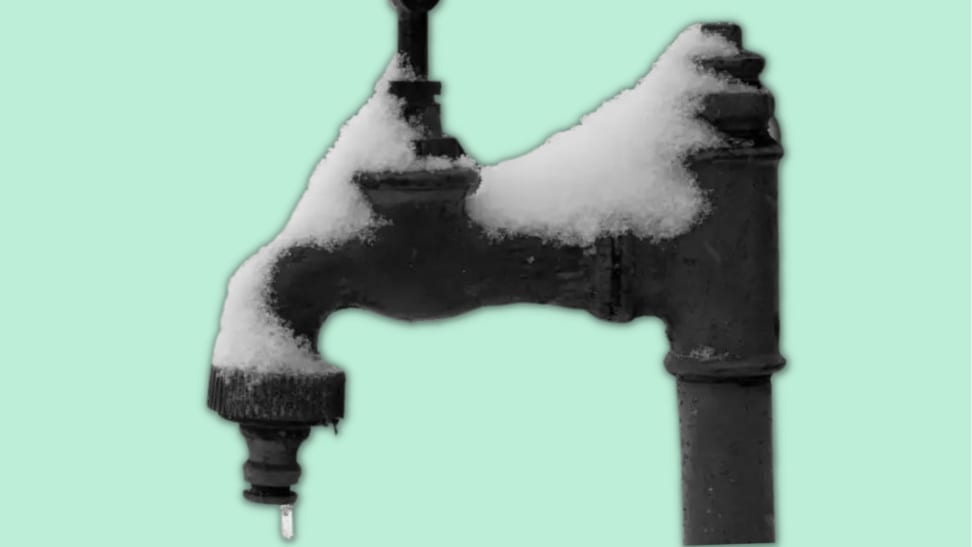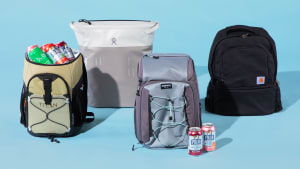 Credit:
Reviewed / Getty Images / MichaelUtech
Credit:
Reviewed / Getty Images / MichaelUtech
Recommendations are independently chosen by Reviewed's editors. Purchases made through the links below may earn us and our publishing partners a commission. Prices were accurate at the time this article was published but may change over time.
As dark and cold winter months quickly approach, you may be checking off your to-do list for winterizing your home. Whether it’s cleaning your gutters, insulating your windows, or trimming up your landscape, you’ve got to do some extra work around the home before the temperature drops.
Here’s one crucial item that should always be on your pre-winter to-do list: Draining your outdoor faucets and hoses. During the colder months, leftover water can freeze and expand, which can lead to burst pipes or valves—or, in other words, an extensive repair.
Wondering how to drain outdoor faucets? Here are three easy steps to follow.
1. Shut off the outdoor water valve

While it's not common, some older homes may not have a shutoff valve that can easily be used by the homeowner. If this is the case, you'll want to call in a plumbing expert.
When it comes to how to drain outdoor faucets, be sure to shut off the valve that controls any outside faucets. Even if your outdoor faucets are turned “off” during the winter months, water will still accumulate and flow in the pipes if the shutoff valve is neglected.
Not only can this damage the outdoor faucets, but it can mean serious damage to the pipes that run inside of your home—and trust us when we say no one wants a pipe to burst indoors.
The shutoff valve you need to turn off should be near your other manual shutoff valves that control your appliances and interior faucets. It may be in a basement or garage space, but if you’re unsure, have a local plumbing expert check.
2. Remove any attachments, like hoses, from the faucets

Don't let your garden hose become damaged during winter. Remove any nozzle attachments and let dry before storing it in a circular pattern to retain its shape.
After you’ve shut off the valve, remove any attached garden hoses from the faucet.
Think of these as another place for water to settle, freeze over, and expand. Don’t let cold weather rip your garden hose or make adapters next to impossible to screw off.
Once you’ve taken off your attachments, allow any residual water to drain, especially if you’re storing the hoses and attachments outside or in a shed that isn’t heated.
3. Drain the faucets completely

Be patient in letting all of the water drain out—any residual water, even a small amount, can freeze over and cause issues in your pipes.
Now, for the most important part of how to drain outdoor faucets. Open up all of your outdoor faucets and allow all of the water to drain out of the pipes. You can use a 5-gallon bucket for water collection, if necessary.
Note that even a small amount of residual standing water can cause an issue in your pipes, so it’s crucial to be patient in letting the remaining water drip out. Once you’ve allowed all the stagnant water out of the pipes, make sure to shut off the outdoor faucets once more.
You may also want to use an outdoor faucet cover to add an extra layer of protection to your faucets. These will also protect from any freezing rain or snow during the winter that can cause a frozen, unusable faucet or rusty exterior.
The product experts at Reviewed have all your shopping needs covered. Follow Reviewed on Facebook, Twitter, Instagram, TikTok, or Flipboard for the latest deals, product reviews, and more.
Prices were accurate at the time this article was published but may change over time.





